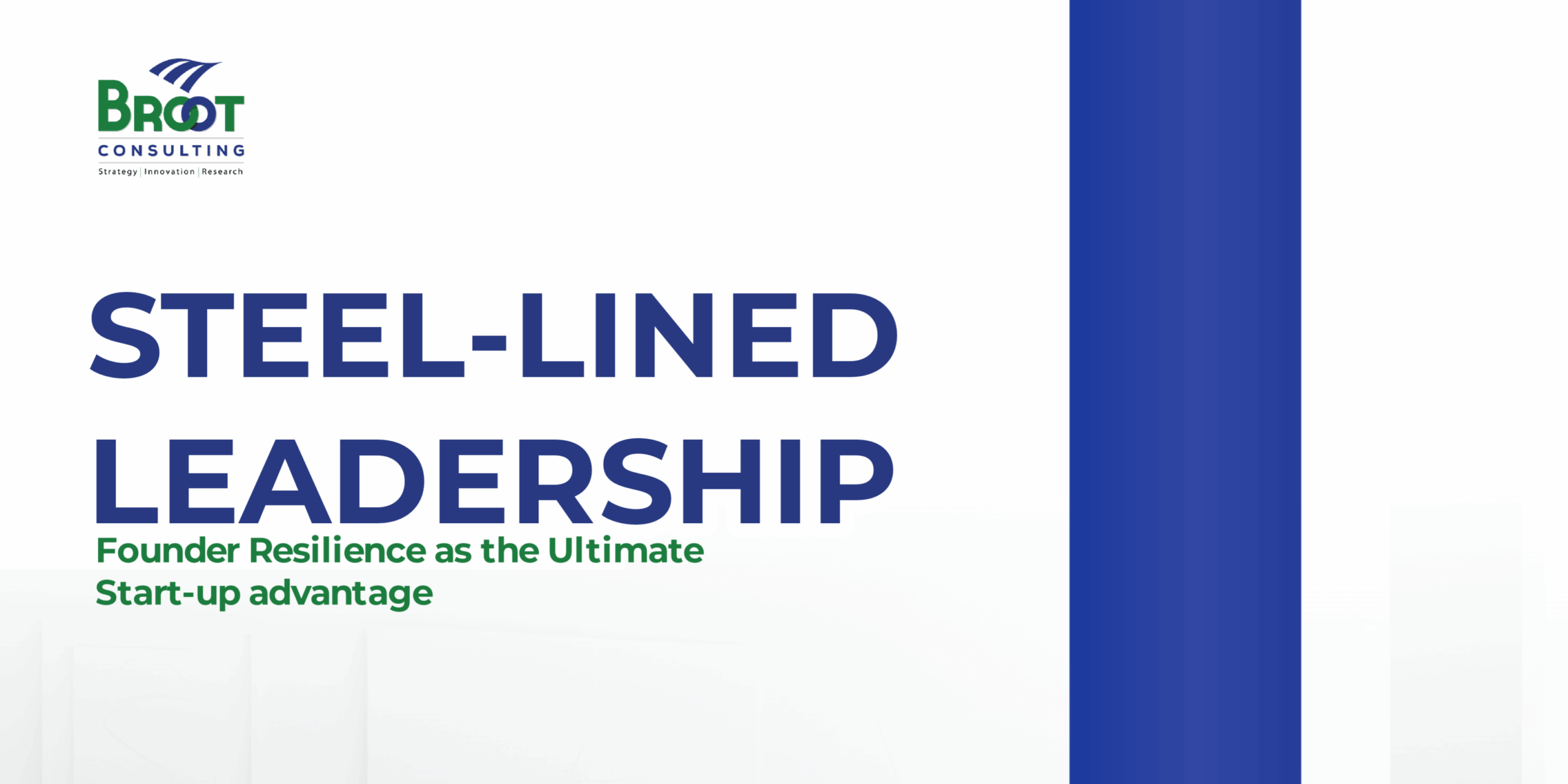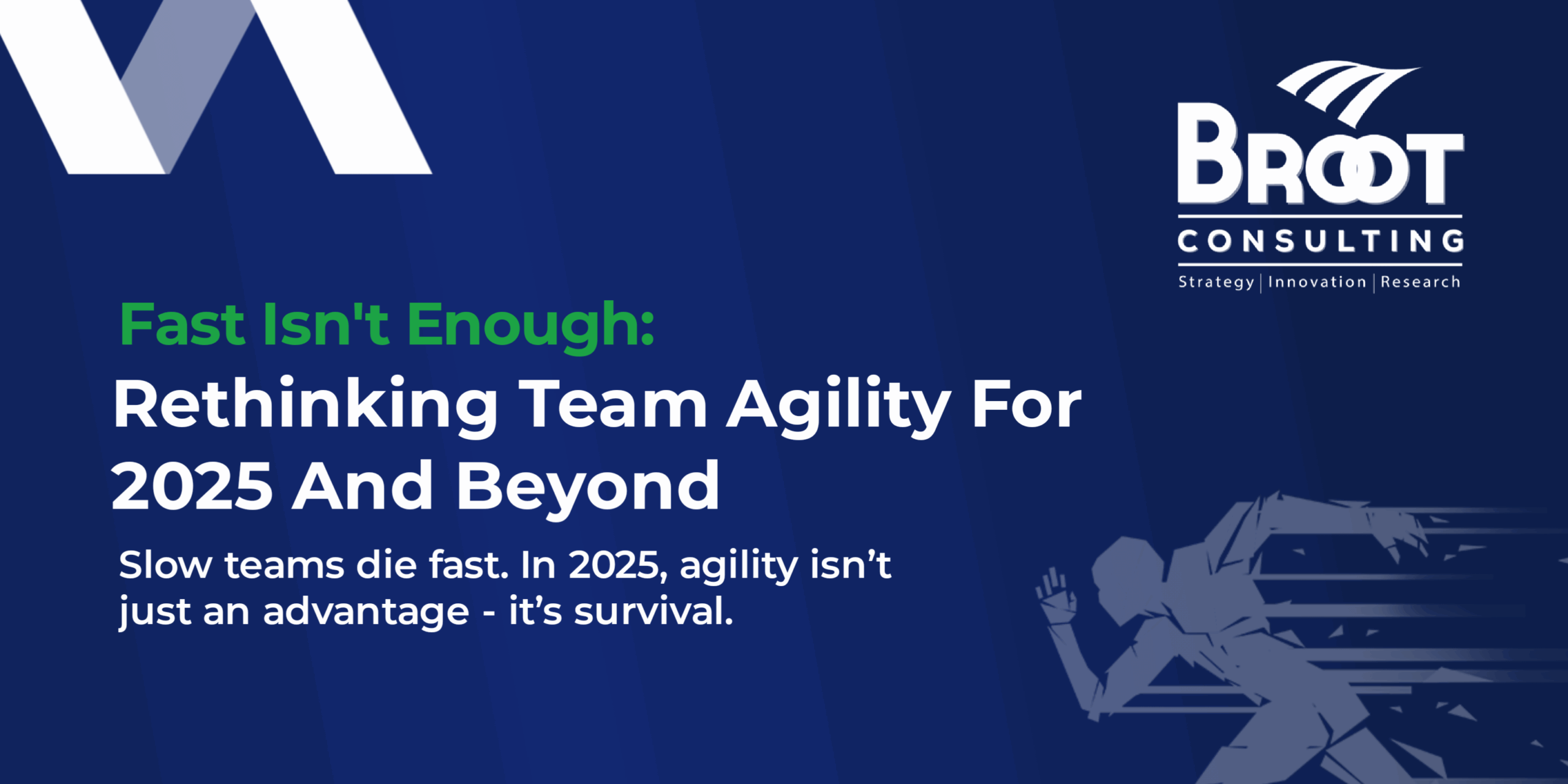Ring a Ring O’ Roses,
A pocketful of posies,
Atishoo! Atishoo!
We all fall down!
The above lovely rhyme is a delight to both adults and children. However, when it was composed and sung some four hundred years ago, it was a song of sadness, hopelessness and death. The atishoo (Sneezing or coughing) in the poem signifies the final, fatal symptom of the black death disease. Hopefully, at the end of the COVID-19, we shall not have a song that expresses avoidable death made possible by the vices of selfishness, arrogance, indiscipline and ignorance. As the COVID-19 continues to spread, it is easy to be a victim of the bandwagon mentality. It is easy to become apostles of generic measures, thinking that what works in Country A should work in B and what works in society Y is suitable for society Z. A rapid scale-up of solution that is not properly situated within the right social context may cause more harm than good. The current disparate effort and embracing of an individualised solution also brings the temptation of outright rejection of measures that work elsewhere. It is therefore vital that leaders strike a delicate balance between the bandwagon mentality and individualised solutions.
Human-centred design demands a thorough understanding of the pains, frustrations and peculiarities of the users we are designing for. A one-size-fits-all solution does not fit into this methodology. Of the various measures to curb the continued spread of the novel coronavirus, social distancing presents an interesting discourse. How will social distancing work among the urban poor who live in an overcrowded slum? Is social distancing an exclusive solution that only fits the social context of the elites, who live in a sparsely populated and high resource neighbourhood? Could social distancing thrive in an environment of abject poverty, decayed infrastructure and poor sanitation? What could we learn from Britain’s Great plague of 1655 where the death toll became so high that no one was ready to bury the dead?
Lest we Atishoo! Atishoo!and all fall down!
The first black death pestilence began in China in 1333 and spread to Europe between 1347-1351. It led to over 20 million death in Europe and reduced the world population by about 200 million. The second Bubonic plague or Black Death occurred in London in 1655. The epidemic caused by black rats and flea left black patches and inflamed glands of the victims. Chief among its symptoms are vomiting, swollen tongue and headaches; however, sneezing and coughing was a fatal symptom of the virus. So significant was the impact of the plague that it reduced London population by 15%. There was great wailing so much so that corpses littered the street and there was no one to bury them.
Recognising that the disease is no respecter of person, King Charles II and his court decided to relocate from the crowded London to Oxford. The Elites equally followed, however the poor had nowhere to run. To curb the spread of the disease, the Lord Mayor and town councillors remained to enforce the King’s order which forced the poor people to stay in their rat-infested shanties. The attendant consequence was more death, and a general wailing of “God have mercy on us”.

Lessons for Low Resource Countries
After the Black Death pestilence, there was a rise in antisemitism in which the Europeans stigmatised the Jews for being the cause of the Black Death virus. This led to a surge in violence and mass murder of the Jews. Solutions to COVID-19 should be all-inclusive if the spread is to be contained and we are to rise stronger together after the event. A highly individualistic solution designed to help the sub-set of the society may be counter-productive and lead to stigmatisation of people based on their status, colour or belief. The economy may also not pick up as expected, should the outbreak of COVID-19 among the poor and lower middle class have a catastrophic effect.
The idea of social distancing may be an illusion in the low resource crowded urban cities. Our advancement in modern medicine and technology notwithstanding, the locked-down in such cities could result in the same unfortunate incident of 1655 in London where people were locked in their various houses, and government officials only visited the places to carry out the dead at night.
Any solution that is tilted towards just the affluent and the elites may only prolong COVID-19, an inclusive and practicable solution should be embraced, and few of them are:
Community engagement: aggressively engage leaders and residents of these communities to understand their pains and frustrations.
Education and Hygiene: embrace a mass orientation strategy that will brighten the understanding of the disease and its impact. Education should nudge them to embrace proper Hygiene and sanitation.
Provision of Basic Amenities: asking people to wash their hands regularly in an environment where clean water is a luxury will be to ask for too much. The government could as a matter of utmost urgency sink deep wells and boreholes in some of these overcrowded places. In addition to the clean water is the need for the provision of public toilet facilities and even provision of basic items like anti-bacteria soap and sanitizers.
Fumigations: health officials should be immediately deployed to fumigate regularly these over-populated areas. Sanitation effort of the government should not be restricted to the major highway, but rather be extended to over-crowded and low resource neighbourhood.
Open Facilities: at its best, most of the apartments have no access to regular electricity. The majority are also without generators, and the atmosphere is air-tight. Could the government open up the place where people could spread out?
Conclusion:
Low resource society like Africa cannot afford the full outbreak of the Novel Coronavirus. The world is still in shock of what it has wrought in advanced countries with sophisticated healthcare. With no known cure for the virus at present, social distancing remains the only practice that has worked and yet it will be unpracticable in most parts of Africa due to the population in overcrowded low resource urban cities.
Leaders need a human-centred strategy to reassess and readjust current measures, bearing in mind that any outbreak of COVID-19 in the crowded will directly or indirectly affect every sphere of our collective undertakings. With the figures of those infected with the virus increasing by the day, decisive an intelligent action is required and required very fast lest we all fall down as depicted in the Ring a Ring O’ Roses rhyme.
- Olukunle A. Iyanda PhD, FCA, SNFLI.
- Managing Partner DesignThinkers Group, Nigeria
- Human-Centric Design Led Innovation Consultant.
- Founder/CEO, BROOT Consulting Nigeria Limited.




